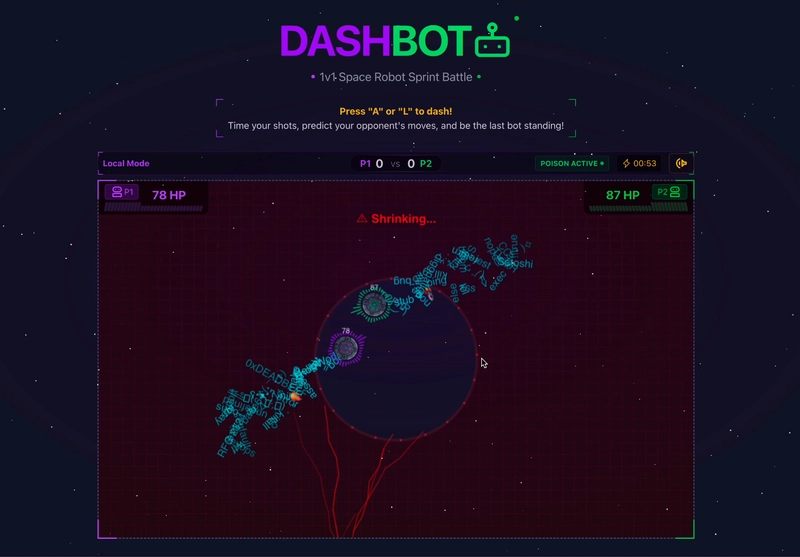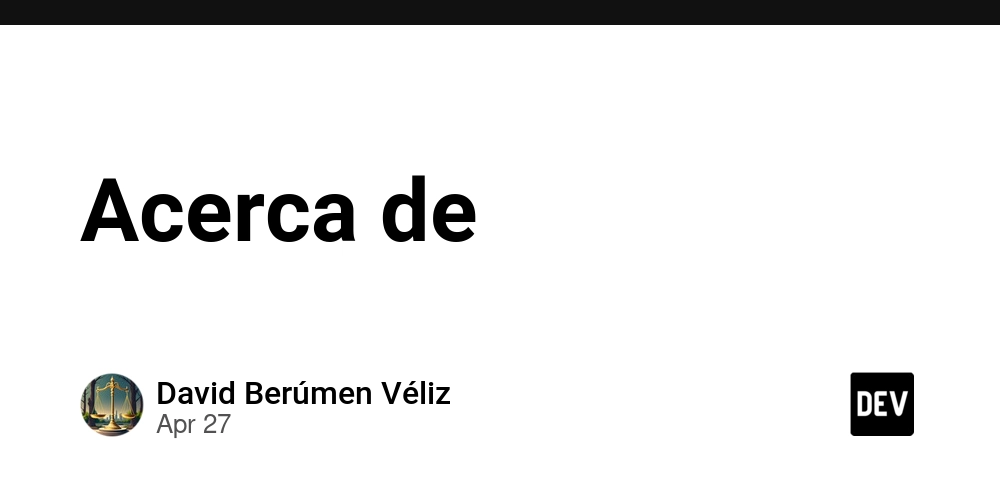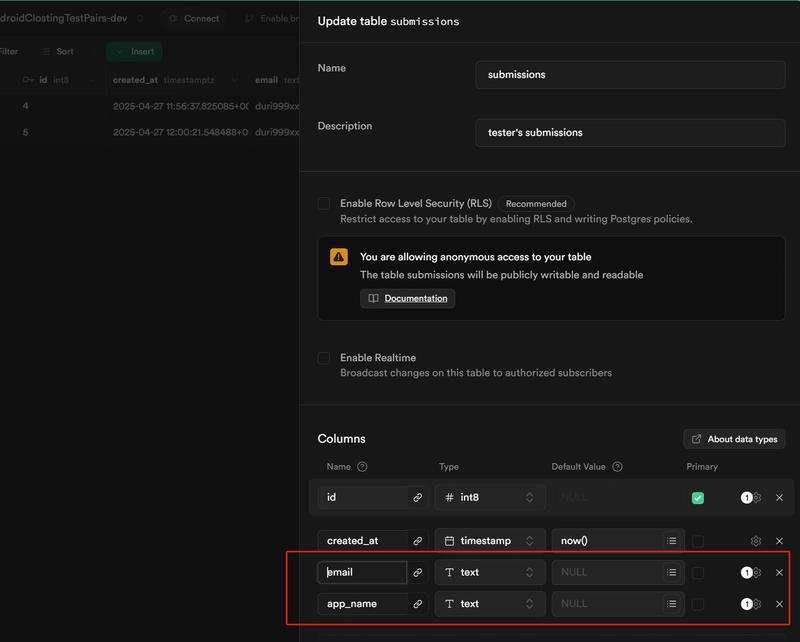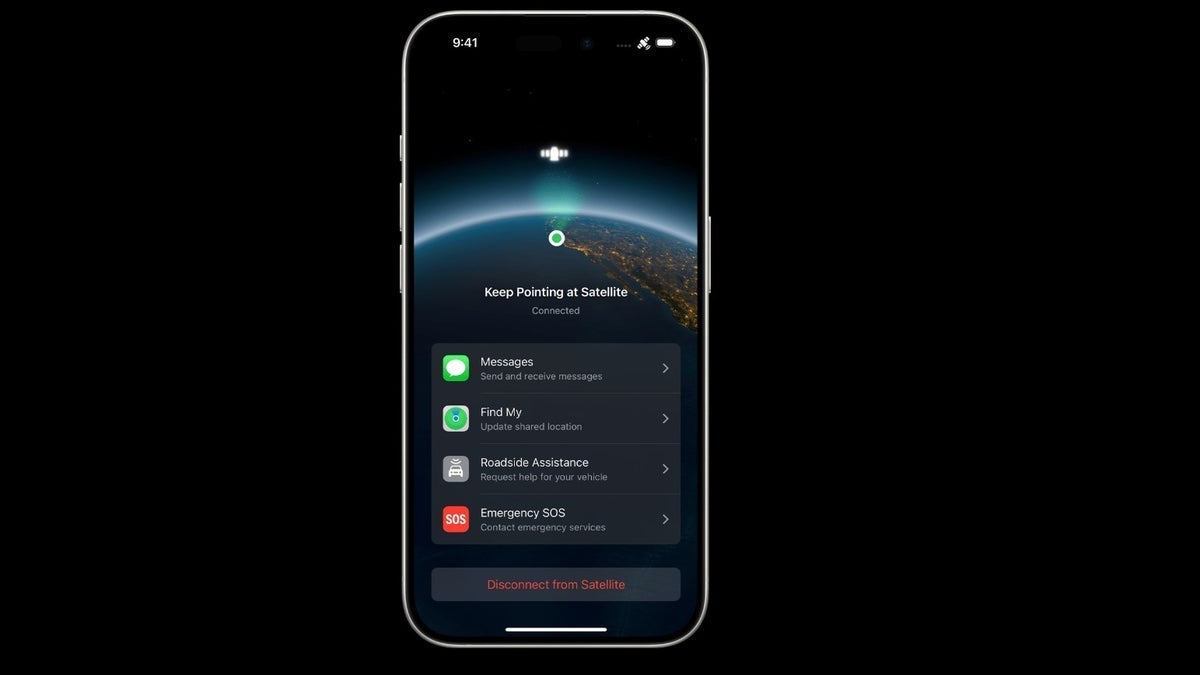Indus Stream Spec: Reviving the Mystery of Ancient Indus Script in Modern Communications
Introduction The writing system of the ancient Indus Valley civilization—though undeciphered, with its complex symbolic structure and hierarchical patterns—has attracted many researchers. This article proposes the "Indus Stream Spec," an attempt to reconstruct this structure as a hierarchical streaming protocol using Patricia trees and p-adic fields. 1. Characteristics of Indus Script and Patricia Trees Undeciphered Characters: Hundreds of unique symbols appear with recognizable prefix-like patterns. Compressed Structure: Diverse meanings packed into limited space, essentially embodying a Patricia tree structure. Patricia Trees (Patricia Tries) compress common prefixes into a single node, optimizing language and binary data search. In Indus Stream Spec, we define the Indus character symbol set as "alphabet = 'indus_signs'" with a maximum node depth of 32. 2. Introduction of Dynamic "Fluctuations" with p-adic Field Perturbation Deciphering ancient scripts requires capturing subtle differences. Using the "infinitesimal perturbation" model of p-adic fields, we introduce slight bit modulations during transmission to detect similarities and structural singularities in undeciphered symbol sets. [modules.p_adic] type = "PadicPerturbationEngine" p = 3 n = 9 max_perturbation_depth = 12 enable_bit_skew = true 3. TOML Design Example for Indus Stream Spec Below is an excerpt from indus_protocol.toml summarizing the main settings of the Indus Stream Spec: [protocol] [[protocol.messages]] name = "SignTransmission" prefix = [0x21] payload_fields = ["sign_id:uint16", "modulation:uint8", "payload:bytes*"] [[protocol.messages]] name = "StreamSync" prefix = [0x22] payload_fields = ["sync_token:bytes64"] [protocol.encoding] integer = "little-endian" string = "length_prefixed_uint8" bytes = "raw" [protocol.validation] checksum = "SHA256" # SHA256 digest for all payloads 4. Architecture and Operational Image Protocol Tree Generation: Automatic Patricia tree generation from TOML definitions Stream Injection: Continuous transmission based on Indus symbol sets p-adic Fluctuation: Bit-level fine adjustments for each node Response Analysis: Remapping responses obtained by node to discover singular nodes (cusps) Visual Dashboard: Visualization of hierarchical structures + fluctuation effects using D3.js 5. Conclusion and Future Outlook The Indus Stream Spec, which applies the mysterious structure of ancient Indus script to modern technology, is primarily being developed as a tool for analyzing RTL (Right-to-Left) language protocols, such as Arabic and other Semitic languages. While the ancient Indus script serves as an inspirational starting point, our current development focuses on: Pattern discovery in RTL language protocols Hierarchical analysis of communication protocols Dynamic vulnerability testing using p-adic systems This work represents an ongoing development effort aimed at creating robust tools for analyzing and understanding the unique structures and challenges presented by RTL language protocols in modern digital communications.

Introduction
The writing system of the ancient Indus Valley civilization—though undeciphered, with its complex symbolic structure and hierarchical patterns—has attracted many researchers. This article proposes the "Indus Stream Spec," an attempt to reconstruct this structure as a hierarchical streaming protocol using Patricia trees and p-adic fields.
1. Characteristics of Indus Script and Patricia Trees
Undeciphered Characters: Hundreds of unique symbols appear with recognizable prefix-like patterns.
Compressed Structure: Diverse meanings packed into limited space, essentially embodying a Patricia tree structure.
Patricia Trees (Patricia Tries) compress common prefixes into a single node, optimizing language and binary data search. In Indus Stream Spec, we define the Indus character symbol set as "alphabet = 'indus_signs'" with a maximum node depth of 32.
2. Introduction of Dynamic "Fluctuations" with p-adic Field Perturbation
Deciphering ancient scripts requires capturing subtle differences. Using the "infinitesimal perturbation" model of p-adic fields, we introduce slight bit modulations during transmission to detect similarities and structural singularities in undeciphered symbol sets.
[modules.p_adic]
type = "PadicPerturbationEngine"
p = 3
n = 9
max_perturbation_depth = 12
enable_bit_skew = true
3. TOML Design Example for Indus Stream Spec
Below is an excerpt from indus_protocol.toml summarizing the main settings of the Indus Stream Spec:
[protocol]
[[protocol.messages]]
name = "SignTransmission"
prefix = [0x21]
payload_fields = ["sign_id:uint16", "modulation:uint8", "payload:bytes*"]
[[protocol.messages]]
name = "StreamSync"
prefix = [0x22]
payload_fields = ["sync_token:bytes64"]
[protocol.encoding]
integer = "little-endian"
string = "length_prefixed_uint8"
bytes = "raw"
[protocol.validation]
checksum = "SHA256" # SHA256 digest for all payloads
4. Architecture and Operational Image
Protocol Tree Generation: Automatic Patricia tree generation from TOML definitions
Stream Injection: Continuous transmission based on Indus symbol sets
p-adic Fluctuation: Bit-level fine adjustments for each node
Response Analysis: Remapping responses obtained by node to discover singular nodes (cusps)
Visual Dashboard: Visualization of hierarchical structures + fluctuation effects using D3.js
5. Conclusion and Future Outlook
The Indus Stream Spec, which applies the mysterious structure of ancient Indus script to modern technology, is primarily being developed as a tool for analyzing RTL (Right-to-Left) language protocols, such as Arabic and other Semitic languages. While the ancient Indus script serves as an inspirational starting point, our current development focuses on:
- Pattern discovery in RTL language protocols
- Hierarchical analysis of communication protocols
- Dynamic vulnerability testing using p-adic systems
This work represents an ongoing development effort aimed at creating robust tools for analyzing and understanding the unique structures and challenges presented by RTL language protocols in modern digital communications.































































































































































![[The AI Show Episode 143]: ChatGPT Revenue Surge, New AGI Timelines, Amazon’s AI Agent, Claude for Education, Model Context Protocol & LLMs Pass the Turing Test](https://www.marketingaiinstitute.com/hubfs/ep%20143%20cover.png)











































































































![Is this too much for a modular monolith system? [closed]](https://i.sstatic.net/pYL1nsfg.png)













![[DEALS] Koofr Cloud Storage: Lifetime Subscription (1TB) (80% off) & Other Deals Up To 98% Off – Offers End Soon!](https://www.javacodegeeks.com/wp-content/uploads/2012/12/jcg-logo.jpg)


















































































































































 CISO’s Core Focus.webp?#)
























































































![Hostinger Horizons lets you effortlessly turn ideas into web apps without coding [10% off]](https://i0.wp.com/9to5mac.com/wp-content/uploads/sites/6/2025/04/IMG_1551.png?resize=1200%2C628&quality=82&strip=all&ssl=1)




![This new Google TV streaming dongle looks just like a Chromecast [Gallery]](https://i0.wp.com/9to5google.com/wp-content/uploads/sites/4/2025/04/thomson-cast-150-google-tv-1.jpg?resize=1200%2C628&quality=82&strip=all&ssl=1)










![iPadOS 19 May Introduce Menu Bar, iOS 19 to Support External Displays [Rumor]](https://www.iclarified.com/images/news/97137/97137/97137-640.jpg)

![Apple Drops New Immersive Adventure Episode for Vision Pro: 'Hill Climb' [Video]](https://www.iclarified.com/images/news/97133/97133/97133-640.jpg)







































































































